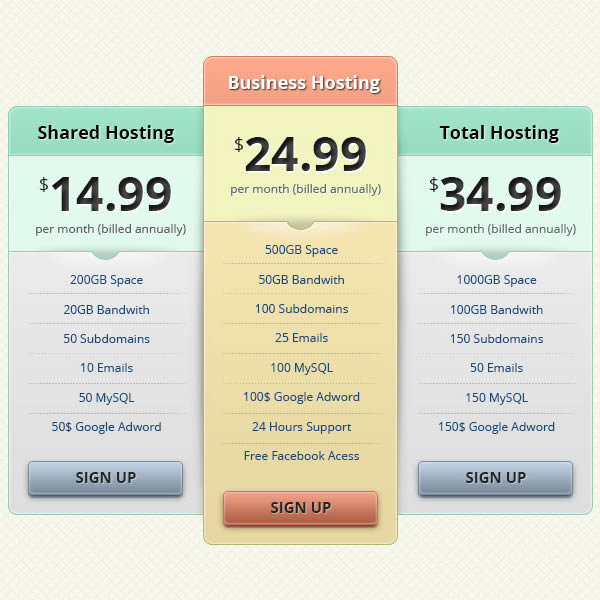Photoshop is often used to create graphics and layouts for web designs. In this tutorial, we will explain how to create a pricing table for a hosting company using a combination of vector shapes and layer styles. Let’s get started!
Tutorial Assets
The following assets were used during the production of this tutorial.
Step 1: Preparation
Let’s start by making a new file (Command/Ctrl + N) with size 800 pixels × 600 pixels.
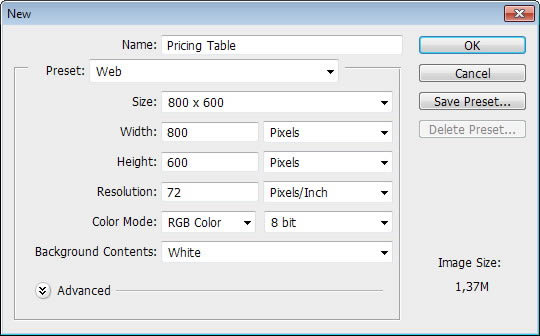
Step 2
Add Adjustment Layer Solid Color to be used as background. Select #f7f8eb for its color.
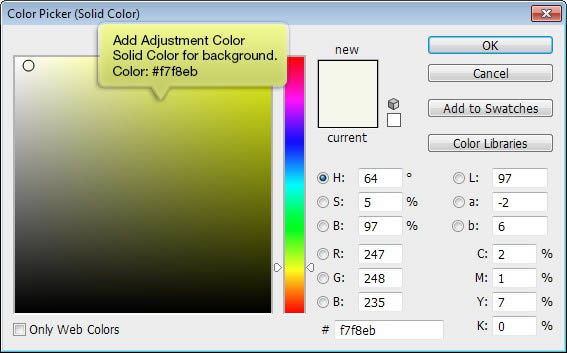
Step 3
Grab free pixel pattern from PSDfreemium. Double click Adjustment Layer to add Pattern Overlay using this pattern.
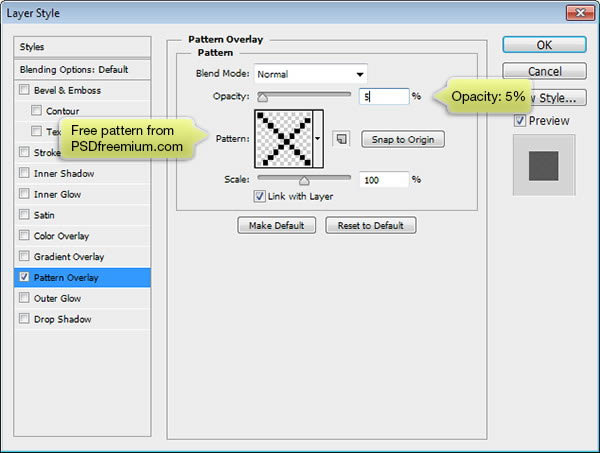
Step 4
Add new layer and fill it with black. Click Filter > Noise > Add Noise.
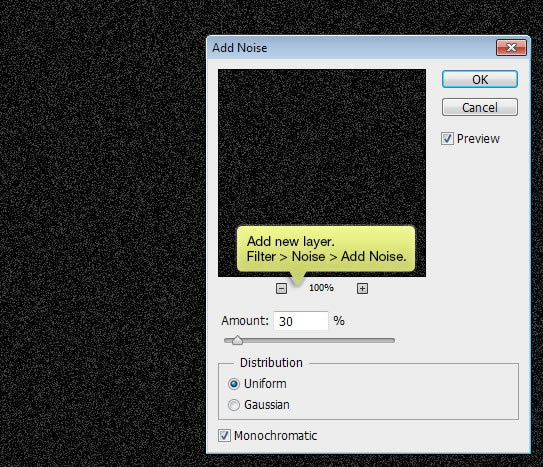
Step 5
From Layers panel, set its blend mode to Screen.
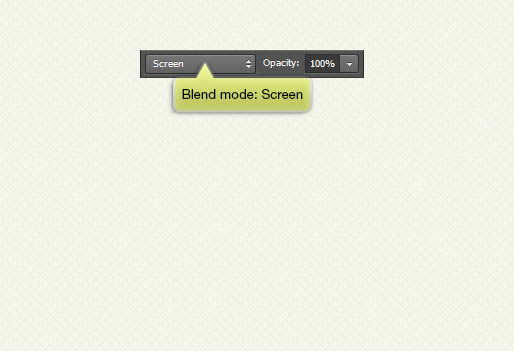
Step 6: Base
We’ll start by drawing the base. Draw a rounded rectangle shape with radius of 10 px. Set its fill to very light blue with no Stroke.
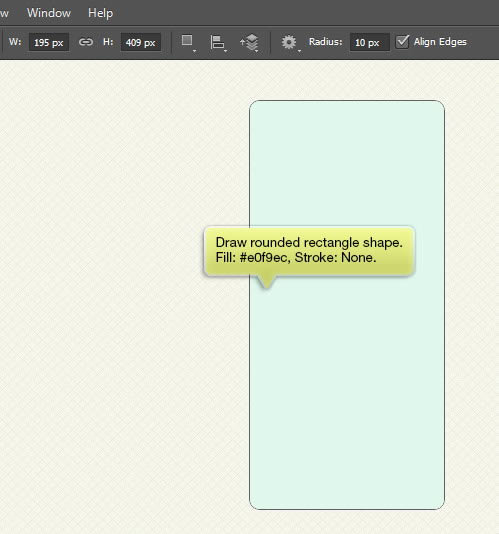
Step 7
Double click the layer to add Layer Style. Apply Stroke and Inner Shadow using following settings.
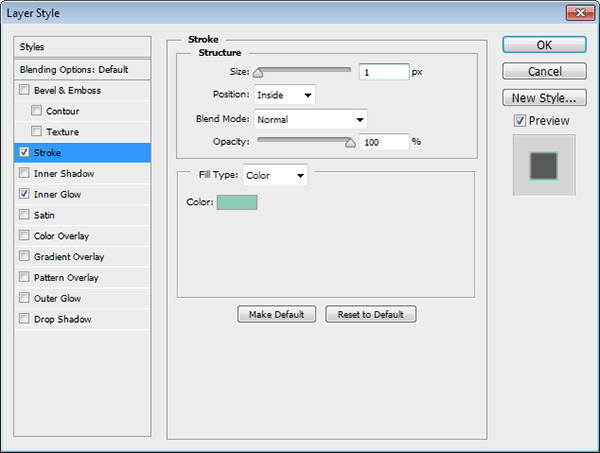
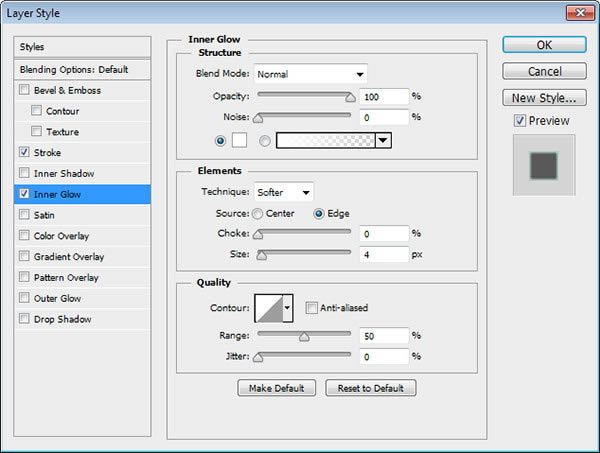
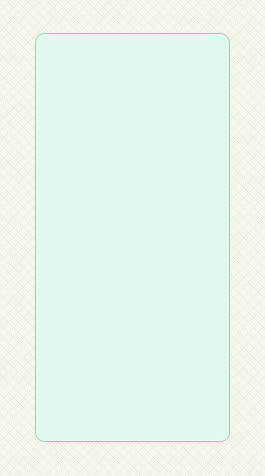
Step 8: Title Bar
Duplicate the shape and change its color. Add rectangle shape on its lower part and set its mode to Subtract. Now, we have a title bar.
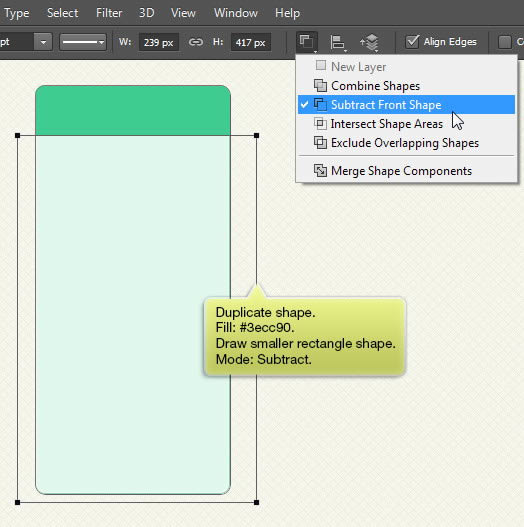
Step 9
Add Stroke, Inner Glow, and Gradient Overlay using following settings.
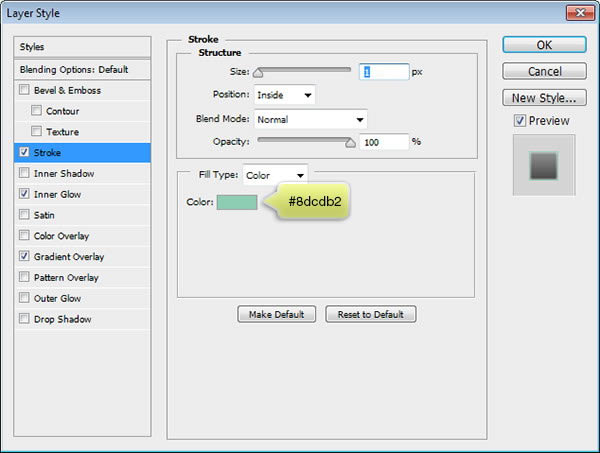
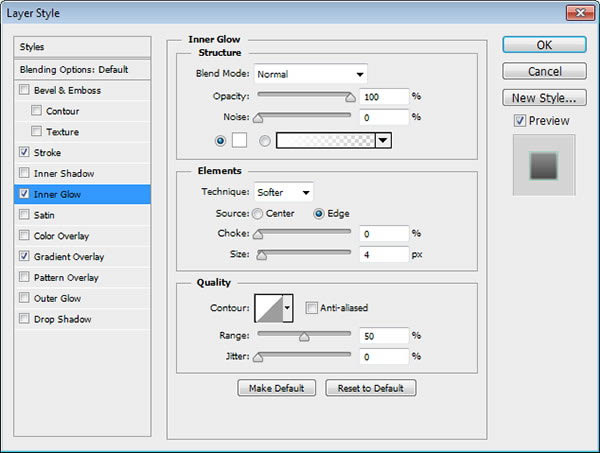
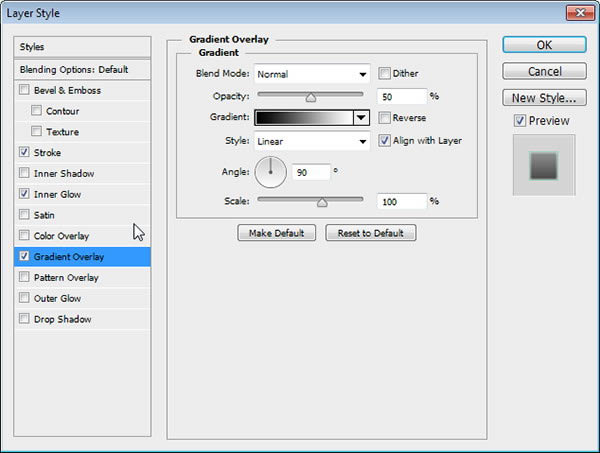
Below you can see result of the Layer Style onto the title bar.
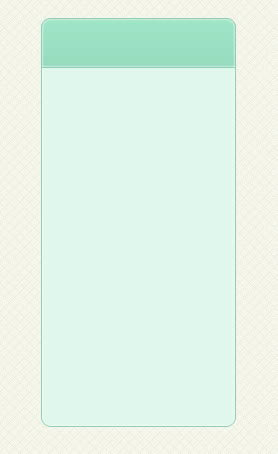
Step 10
Add table title. Add letterpress effect onto the text by applying Drop Shadow.
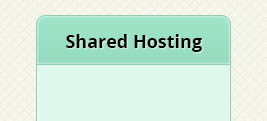
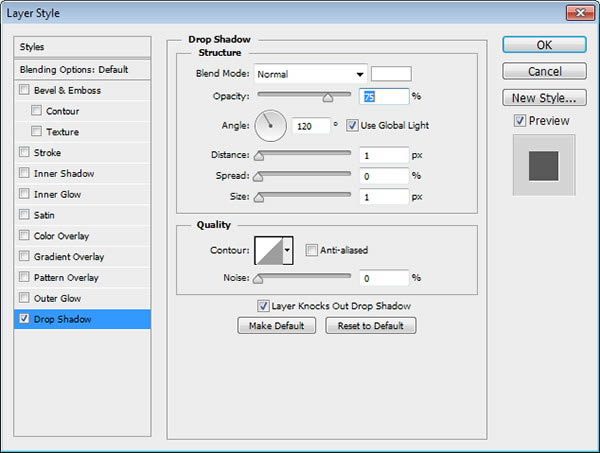
Step 11: Price Info
Add bigger text for its price. Use medium gray as its color. Apply Inner Shadow and Drop Shadow to add Emboss effect.
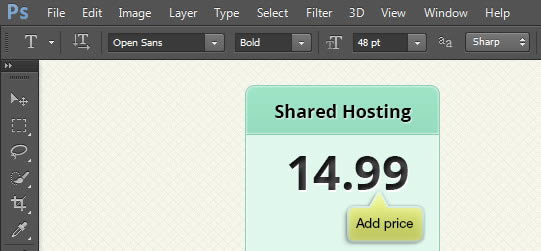
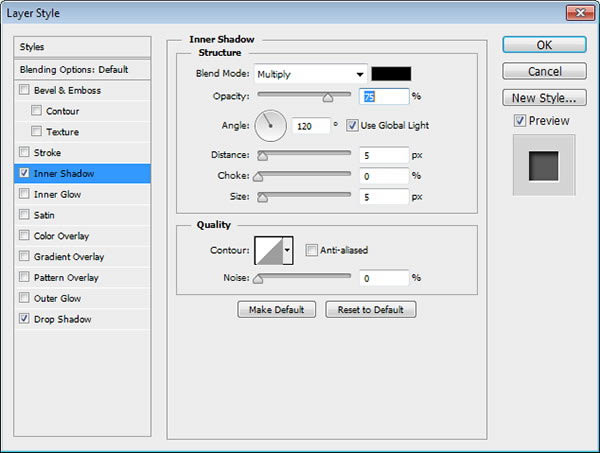
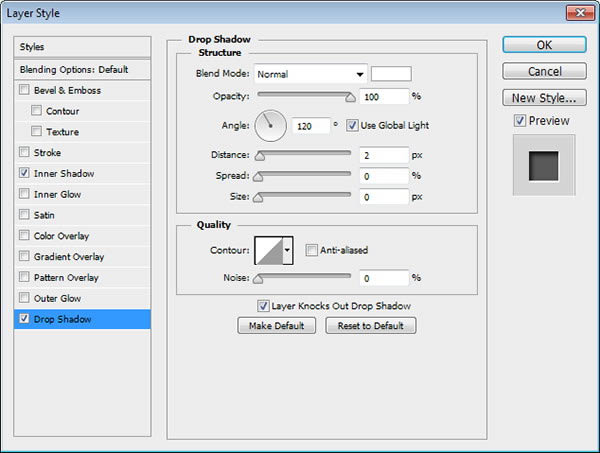
Below you can see difference before and after adding Layer Styles.
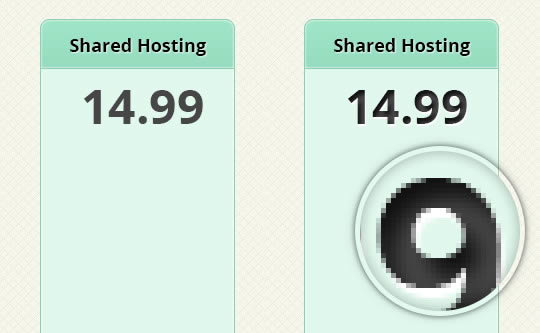
Step 12
Add another detail inside the price info, such as currency sign and its billing information.
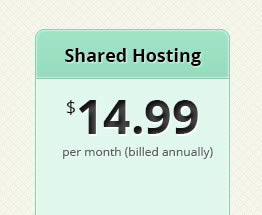
Step 13: Item Lists
Duplicate table base and set its color to #f0f0f0. Add circle and rectangle on top. Set their mode to Subtract.
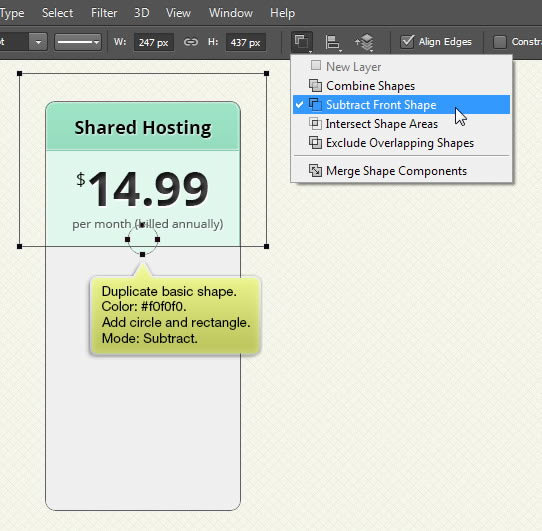
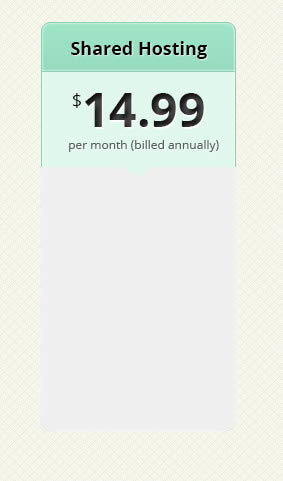
Step 14
Add Layer Styles Stroke, Inner Glow, and Gradient Overlay.
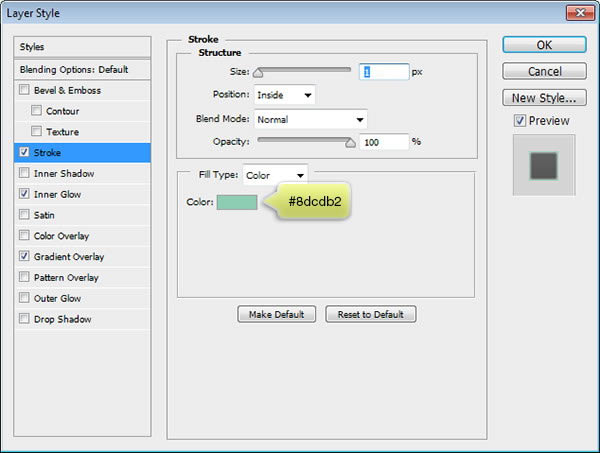
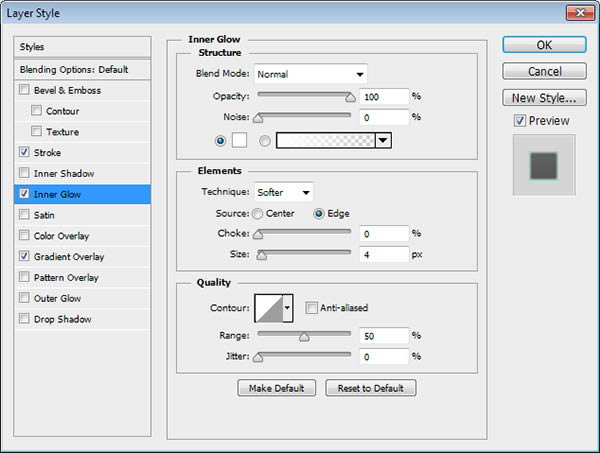
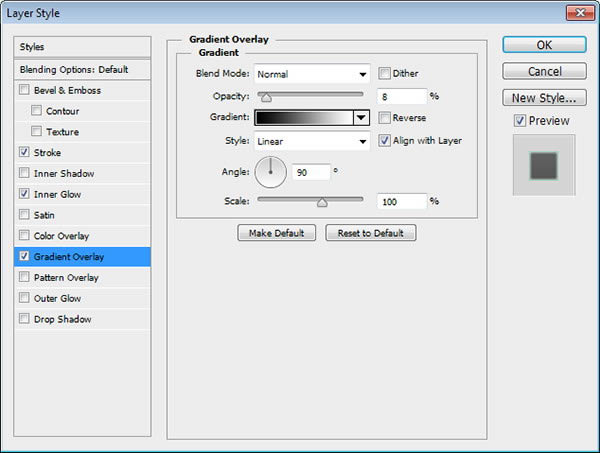
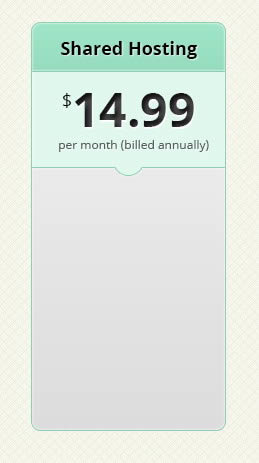
Step 15
Add new layer on top of the shape. Paint white on its top side. Hit Command/Ctrl + Alt + G to convert the layer to Clipping Mask. Make new layer underneath the shape and then paint black for its shadow.
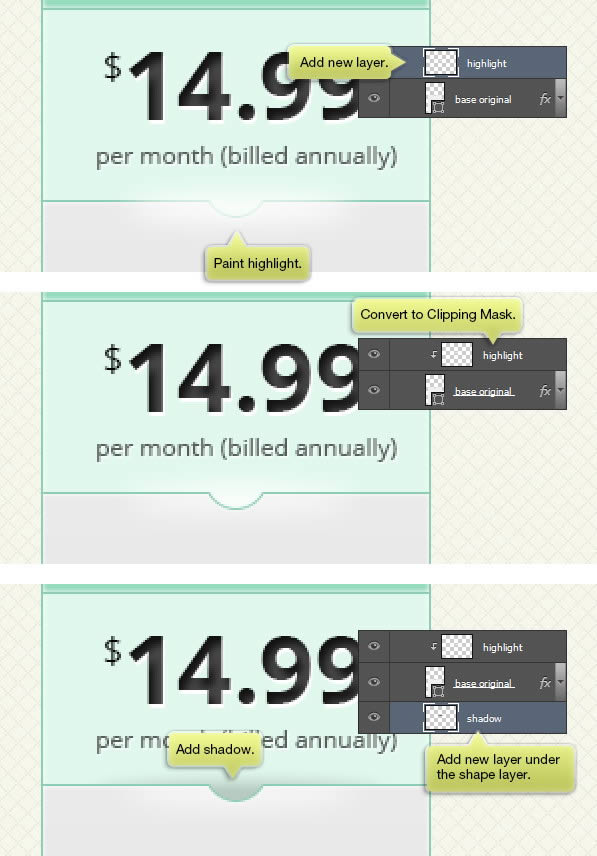
Here’s the result in 100% view.
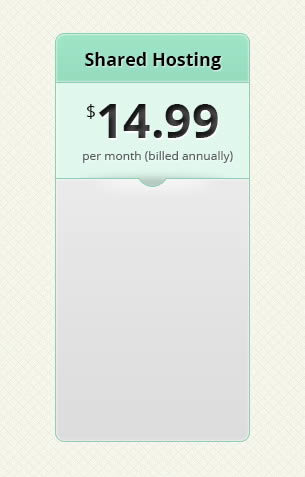
Step 16
Add features list items using Type tool.
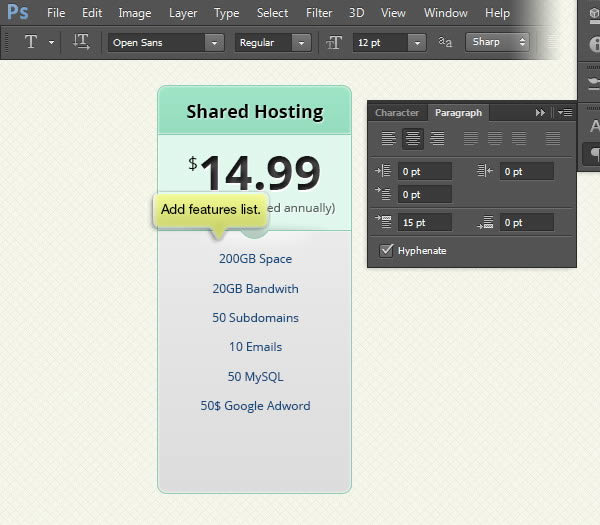
Step 17
Add 1 px line shape between each list item. Use black for its color.
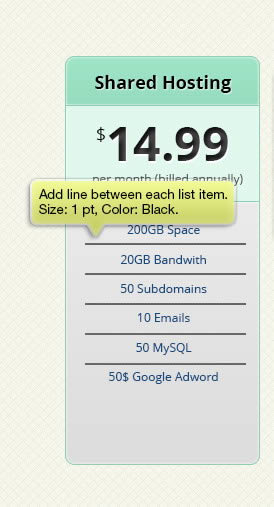
Step 18
Make sure the lines are still selected. Click More Options and then change Stroke option to dotted line.
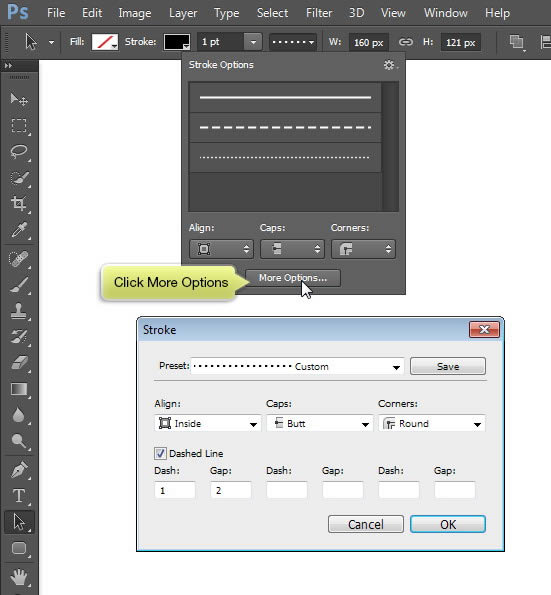
Step 19
Add layer mask onto the lines layer and the paint its left and right edges with black.
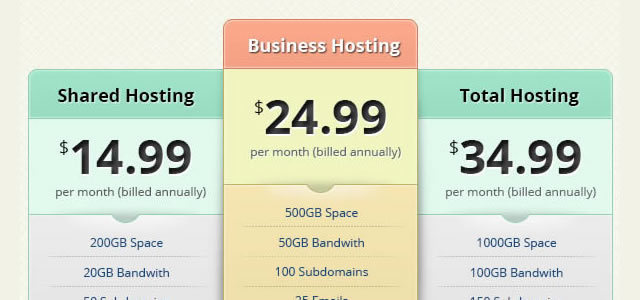
Step 20: Button
Draw rounded rectangle shape with color #a7bed5.
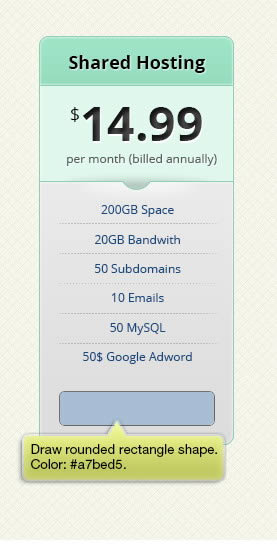
Step 21
Add Layer Styles Stroke, Inner Glow, and Gradient Overlay.
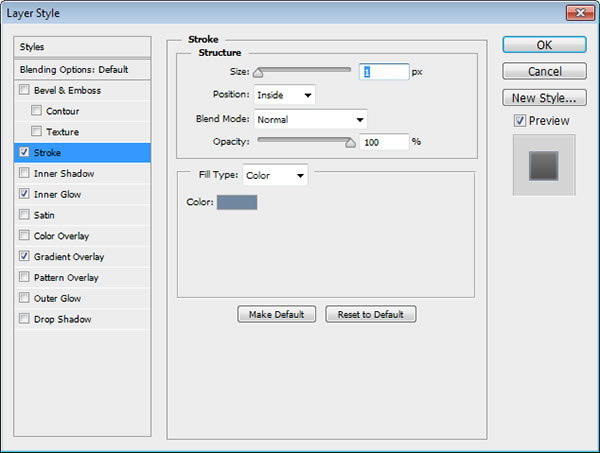
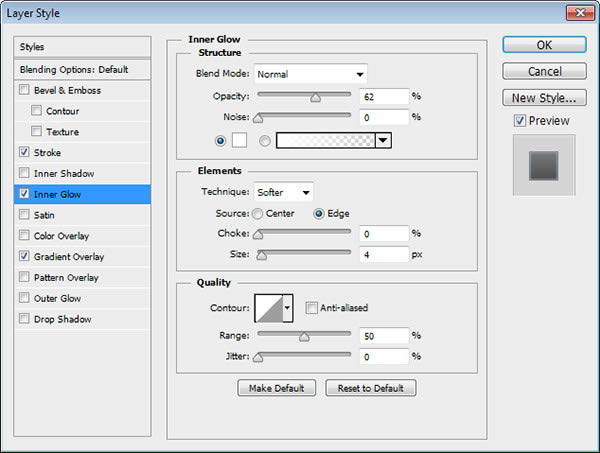
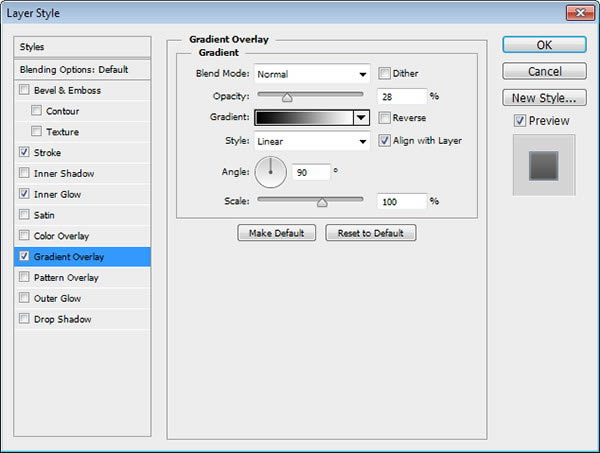
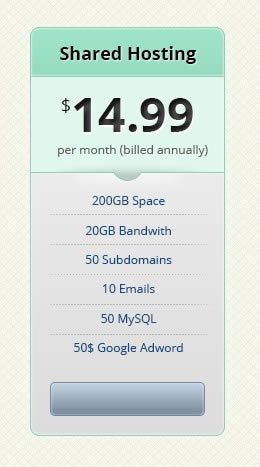
Step 22
Duplicate the button and place it behind the original. Move it a few pixels down.
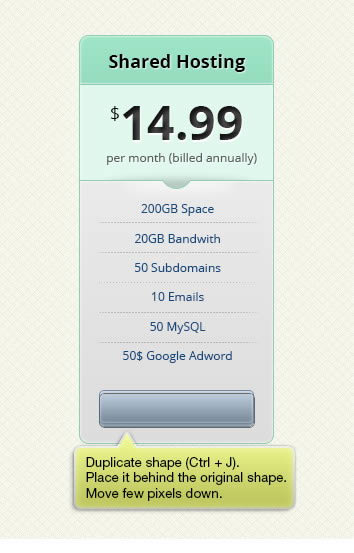
Step 23
Use same Layer Styles but this time increase the Gradient Overlay Opacity to make it darker.
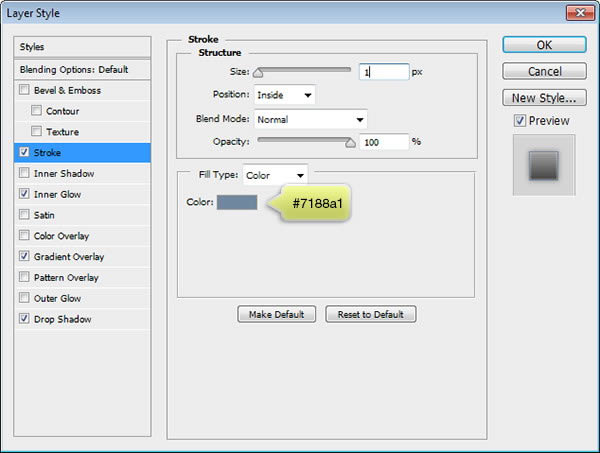
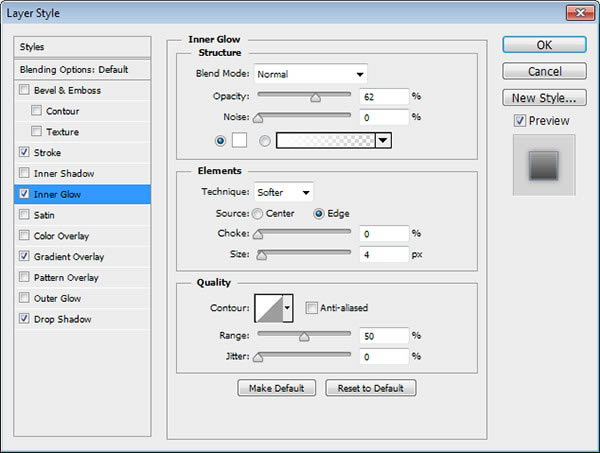
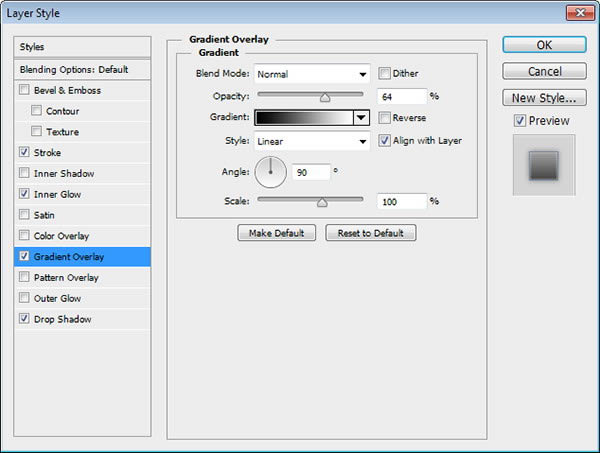
We also add Drop Shadow to add soft shadow around the button.
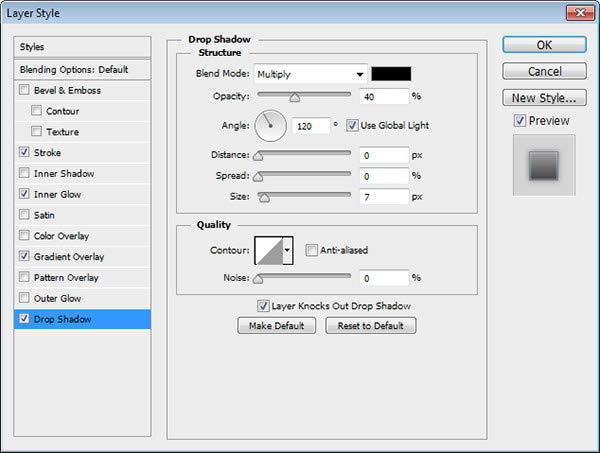
This is the button appearance.
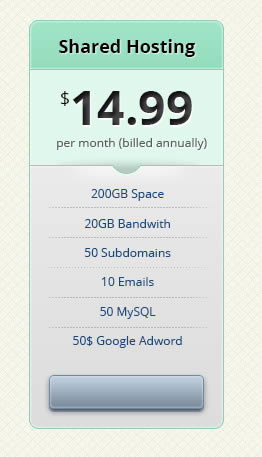
Step 24
Add text. Apply white Drop Shadow to add letterpress effect onto the text.
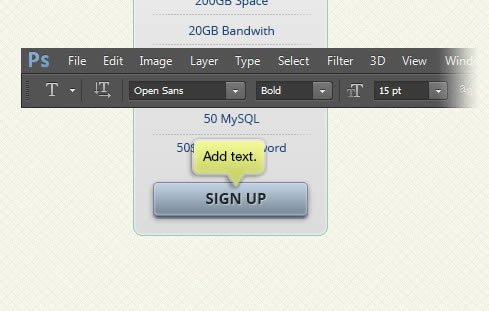
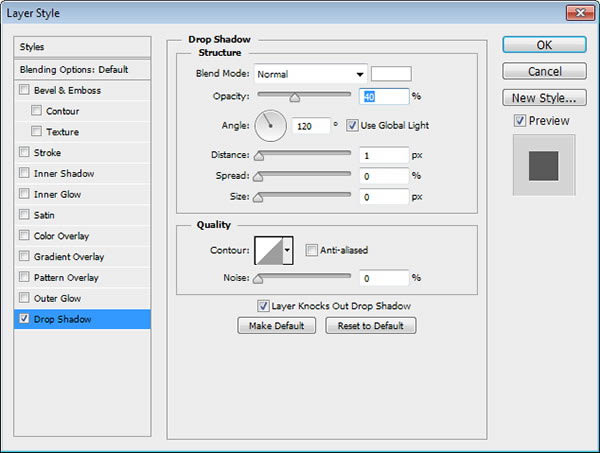
Step 25: Duplication
Select all pricing table layers and hit Command/Ctrl + G to put them in a group layer. Alt-drag the group layer to duplicate it. Make three tables.
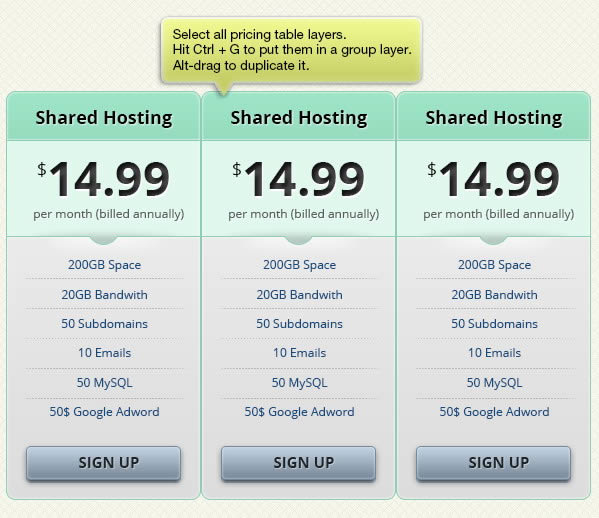
Step 26
Off course, we don’t want it to be identical. So, change its text.
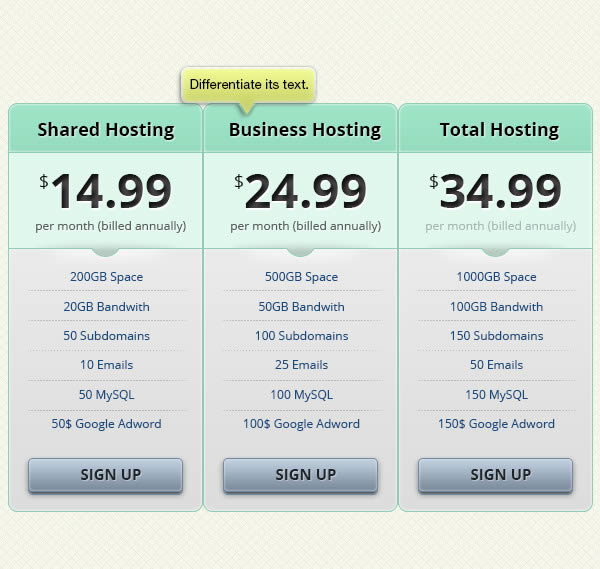
Step 27: Featured Plan
We want to feature one of the pricing plan by differentiating it. Pull second pricing table up. Make sure to keep the title bar aligned.
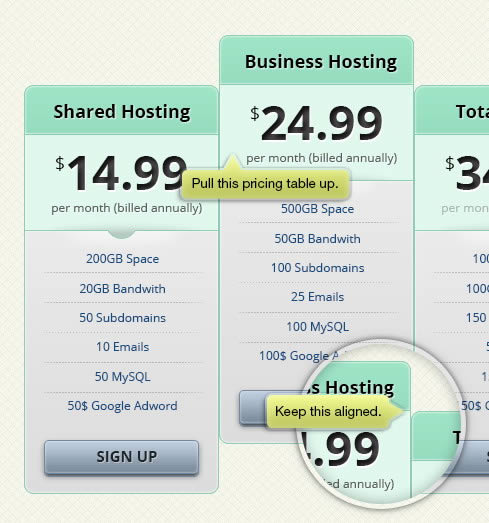
Step 28
We also want to make sure the list items are all aligned. Select the text and its line underneath it, rearrange its position. Make sure to leave some more room because we want to add more list items.
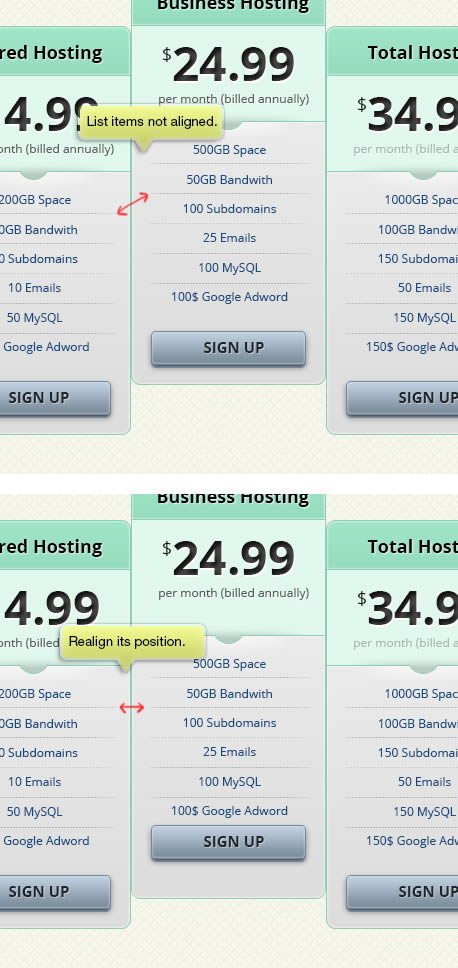
Step 29
Rearrange button position to match the table size.
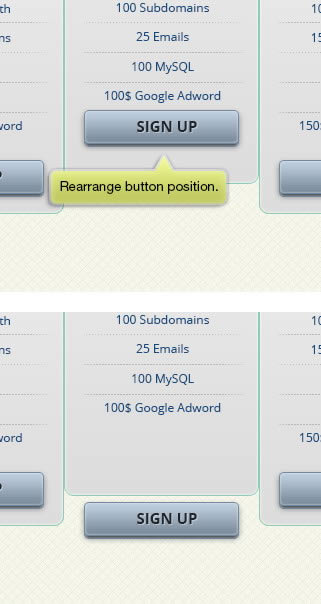
Step 30
Modify the base shape to make it taller.
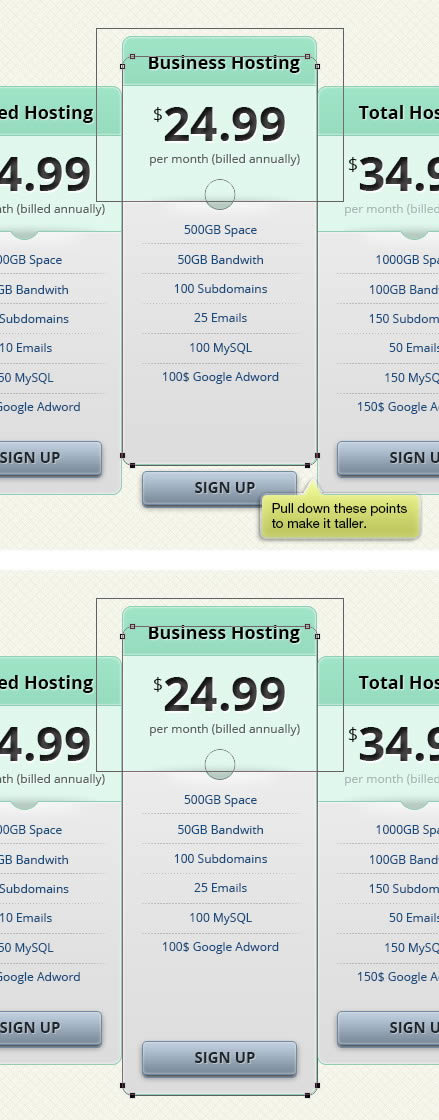
Step 31
Add more list items.
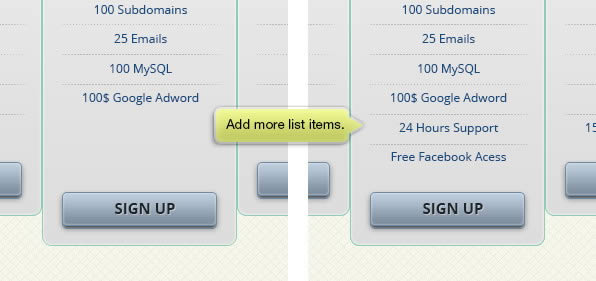
Step 32
Place second pricing table and pull right side of the first pricing table.
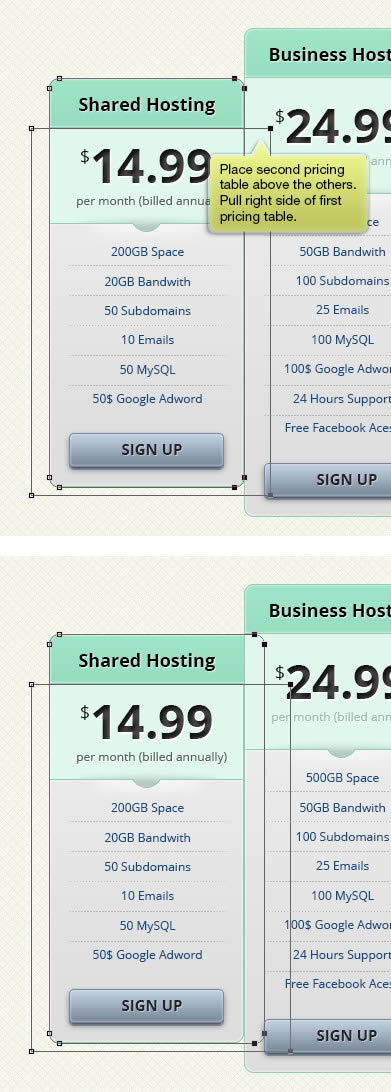
Step 33
Below, you can see the result before and after editing the shape.
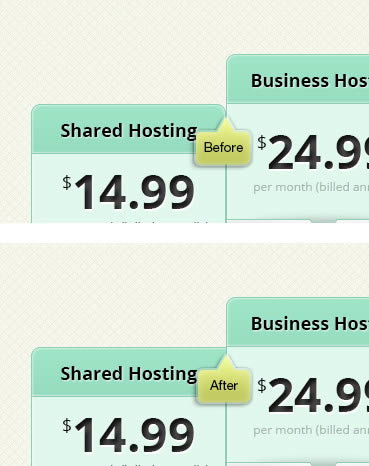
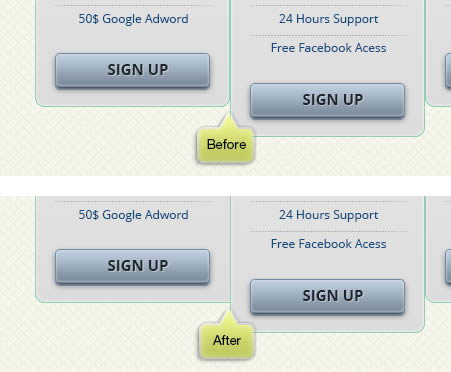
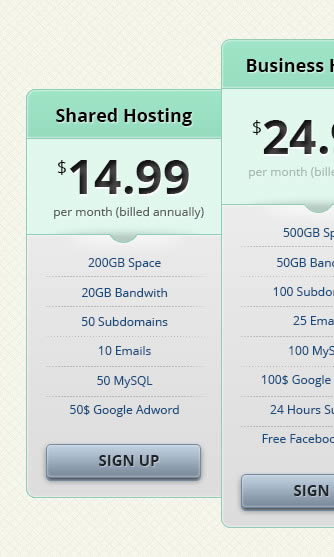
Step 34
We want to lift the featured plan and make it seems taller by adding shadow. First, Command/Ctrl-click the featured base to make a selection based on its shape.
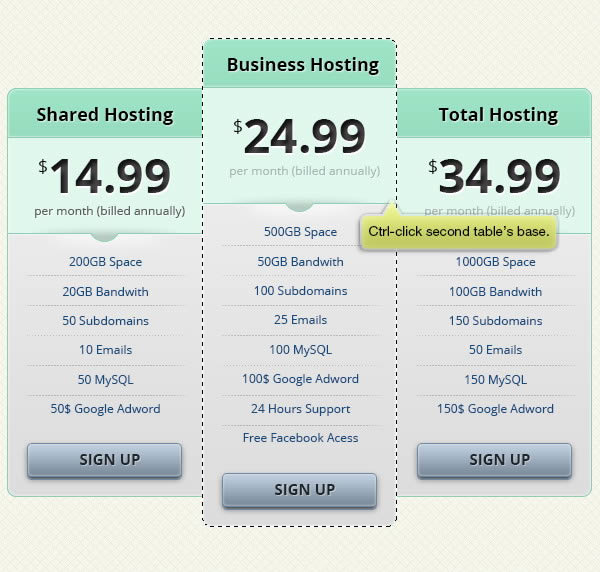
Step 35
Make new layer and fill selection with black. Soften it by adding Gaussian Blur.
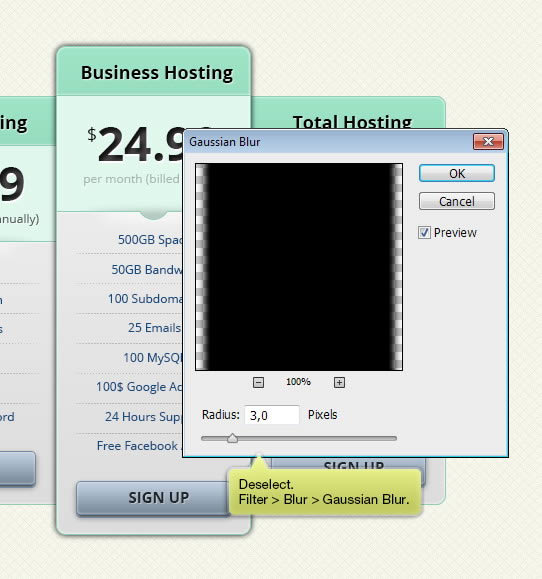
Step 36
Reduce its layer Opacity.
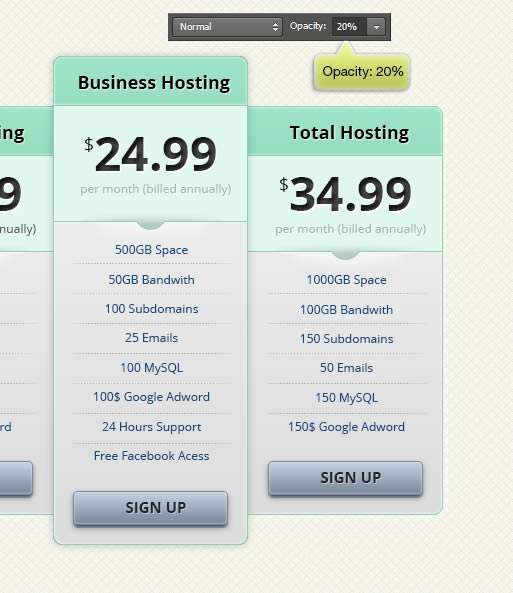
Step 37
Make new layer and draw a black soft line using brush tool.

Step 38
Hit Command/Ctrl + T and then click Warp button. Select Arch for its mode.
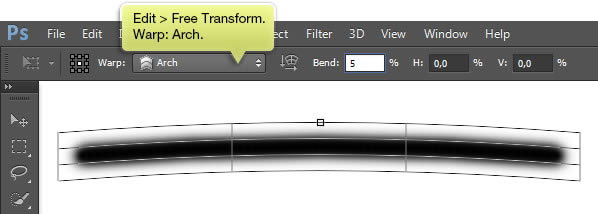
Step 39
Rotate the warped line and place it behind the featured plan.
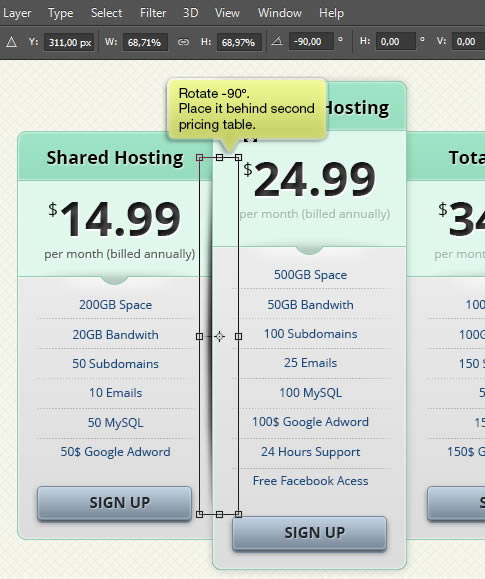
Step 40
Reduce its Opacity.
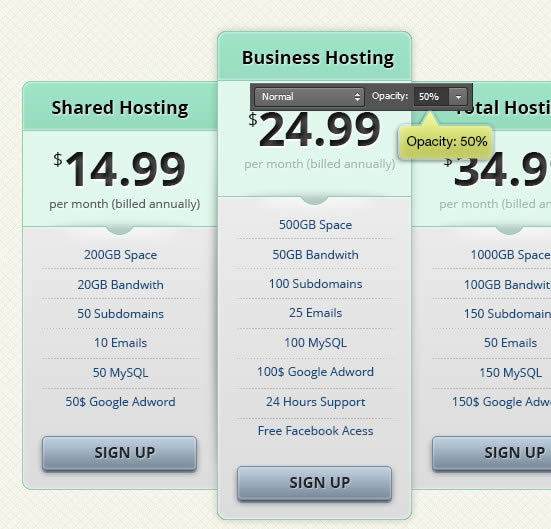
Step 41
Add another shadow on its other side.
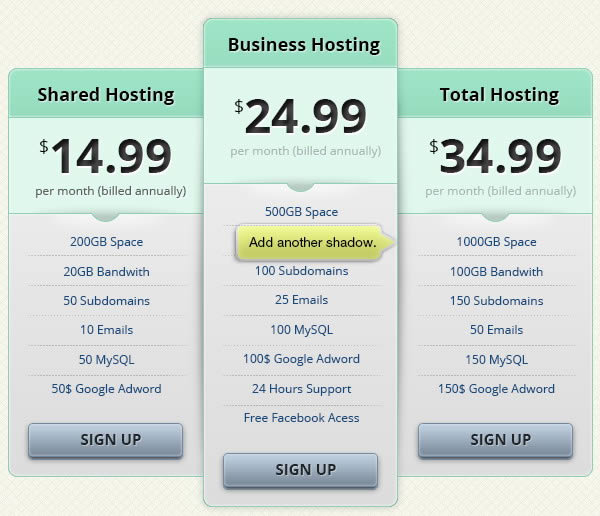
Step 42
Command/Ctrl-click both regular tables. Place the shadows layers into a group layer. Click Add Layer Mask to add layer mask onto the group layer.
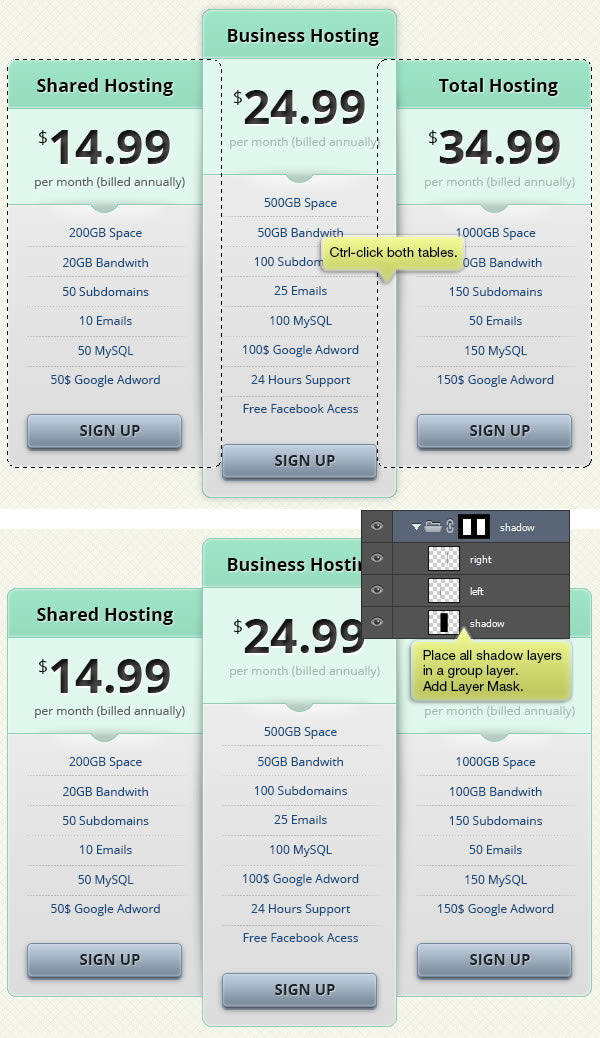
Step 43
To add mode contrast onto the featured plan, we also want to edit its color. Change title base color to orange. To match its color, we also need to modify its Layer Styles option.
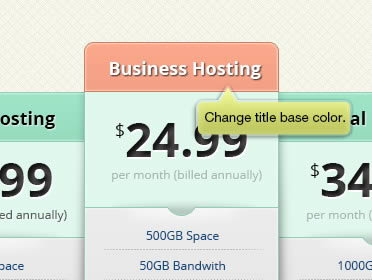
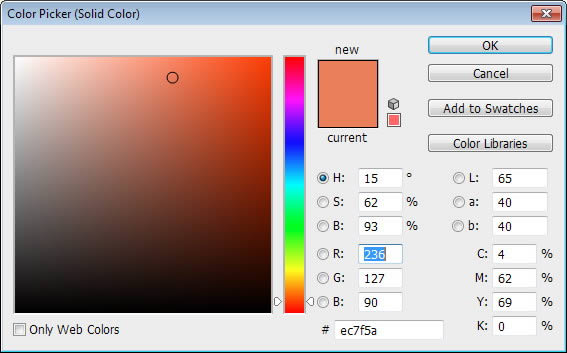
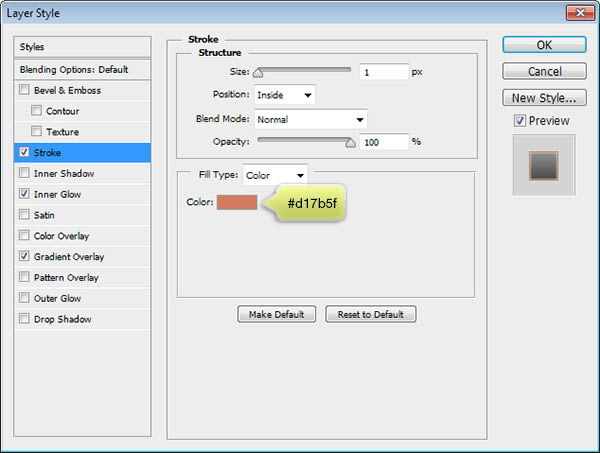
Step 44
Edit title bar text color to white and its Drop Shadow to black.
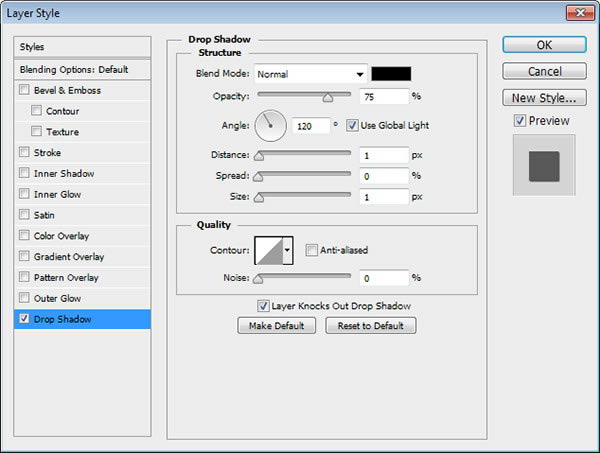
Final Image
